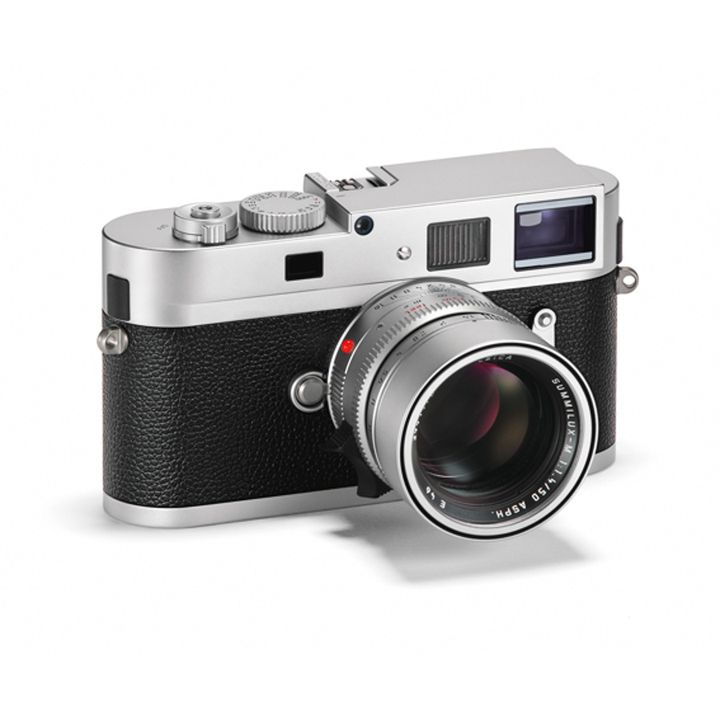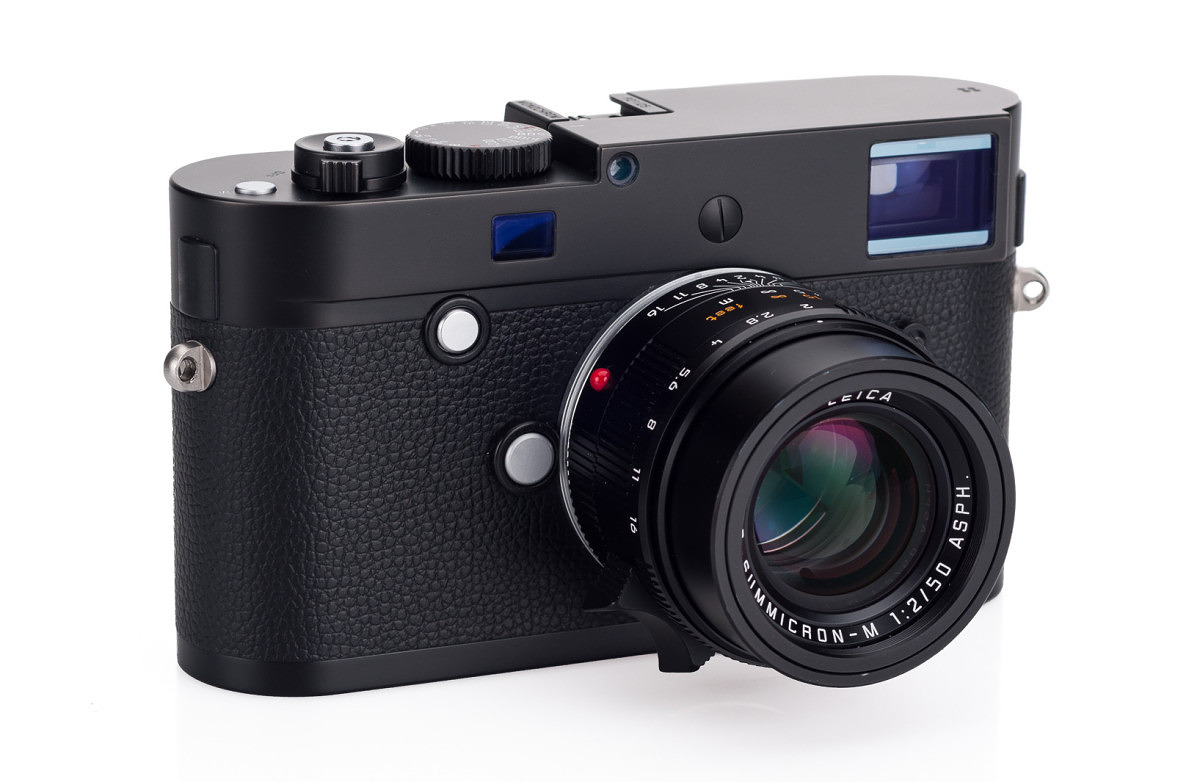
Leica M Monochrom Typ 246 Camera – Monochrome Photography
Introduction
For a while now, I have seen repeated articles written up about ‘street photographers’ switching to Leica cameras and lenses. The discreet look of a rangefinder camera coupled with ‘zone system’ of photographs seems to be the way to go if one wanted to do street photography. To better understand this phenomenon a thorough understanding of lenses and digital camera sensors is essential, for this, we have selected Leica Monochrom M246 camera as it may be considered one of the best cameras for street photography and monochrome images.
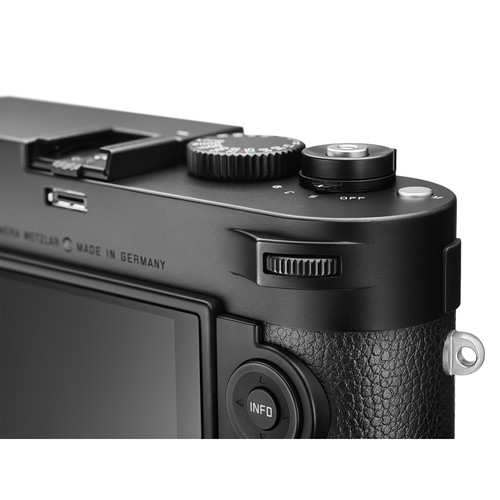
On certain levels, I think that Leica cameras are best suited for all day carrying around streets to photograph random strangers. I used to do it with a big SLR camera long before the name street photography became a hot topic. Today, though I am wiser because an SLR is not weighing me down. I have traded the benefits of an SLR camera for a discreet look of Leica rangefinder camera.
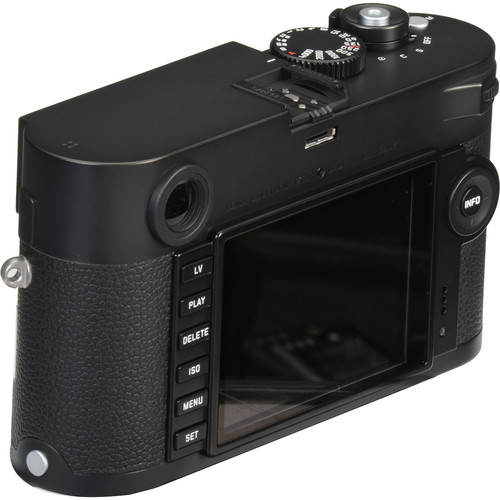
I am a dedicated user of Leica cameras and lenses, but on some occasions, I choose another lens from different manufacturers to do my work. Obviously, there are those who would voice the opinion that there are no better lenses than Leica lenses out there. My reply to that is yes and no.
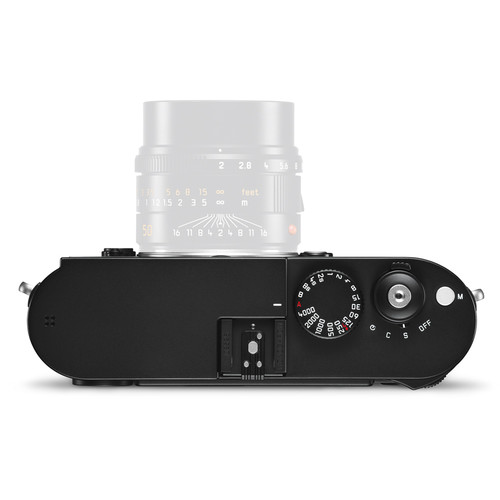
Yes, Leica lenses are fantastic. Especially lenses like Leica Noctilux 50mm f/0.95 lens and Leica Summicron 50mm APO lens are just superb that there are no lenses in the market like them. But then there are other lenses like Elmar or Summarit series that can be compared to other lenses in the market.
Before I discuss lens designs and engineering, I want to clarify a point for all those who say Leica lenses are special because all the lens elements are manufactured by Leica Camera. Nope. That is simply not the case.
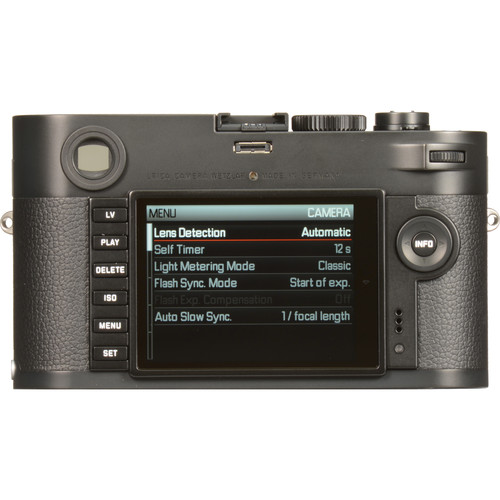
I know some of you may say, “Leica Camera buys their electronic viewfinder from Olympus, but all the lens elements are made in-house.” Sorry to disappoint you but Leica Camera does have lens elements manufactured by other companies, and this makes sense because economies of profitably dictate this for the survival of businesses.

To better explain this, let me offer you a quote from Peter Karbe who is the designer of current Leica Summilux 50mm f/1.4 ASPH.
“For example, the glass I chose for lens element 3 is of crucial importance in minimizing the secondary color aberration. This glass, formerly made at the Leitz glass laboratory, was for a long time offered by another supplier who had taken over its production. But they had stopped making it, so I had to “encourage” another German glassmaker had to reinvent this glass type. Today this lens is costly to manufacture. Indeed, the material for this lens element alone costs as much as the glass used in all the other lens elements of the Leica Summilux 50mm f/1.4 ASPH!”

Production costs dictate that a company will choose the most profitable route to maximize profits. This is not a ‘bad’ thing or ‘unfair’ it is simply business sense. This why a world-renowned optics company like Zeiss sees it prudent to manufacture lenses in Japan rather than Germany.
Leica buys its CMOS sensors from CMOSIS, a company based in Belgium. Why then would anyone object to having lens elements manufactured by another company then have Leica place its name on the product.

I am delighted to own my Summilux lenses which are considered expensive compared to other lenses in the market. For a good reason, they provide quality at a price that one has to be willing to pay to gain that advantage in quality.
Let me illustrate this point if one were to buy a Leica Summicron 35mm f/2.0 lens versus a Leica Summilux 35mm f/1.4 ASPH the price difference is so steep that some Summicrons can be purchased for the same price of a Summilux. What is the gain one might ask just one stop in aperture? Technically, it is the difference of f/1.4 vs. f/2.0, right?
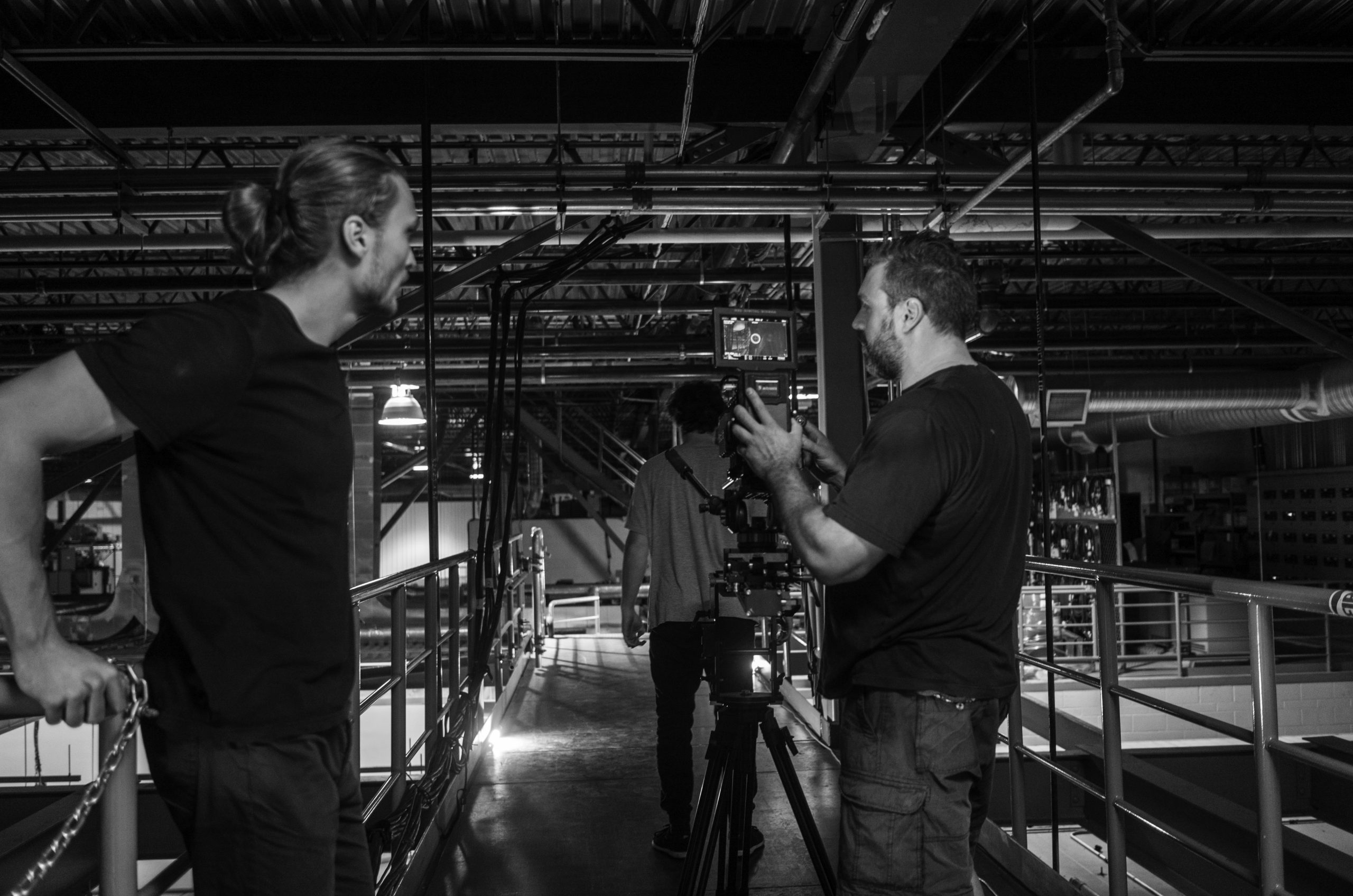
For those who are street photographers, family weekend dads photographing family outings the difference would probably not warrant the difference in price to purchase the more expensive lens. Then, there are those who are professionals that need to have all the low light capabilities a lens can offer so they can do their work as best as possible. That is where the difference makes sense, that is where one would say ‘ok, I absolutely need to have that advantage of Leica Summilux .’
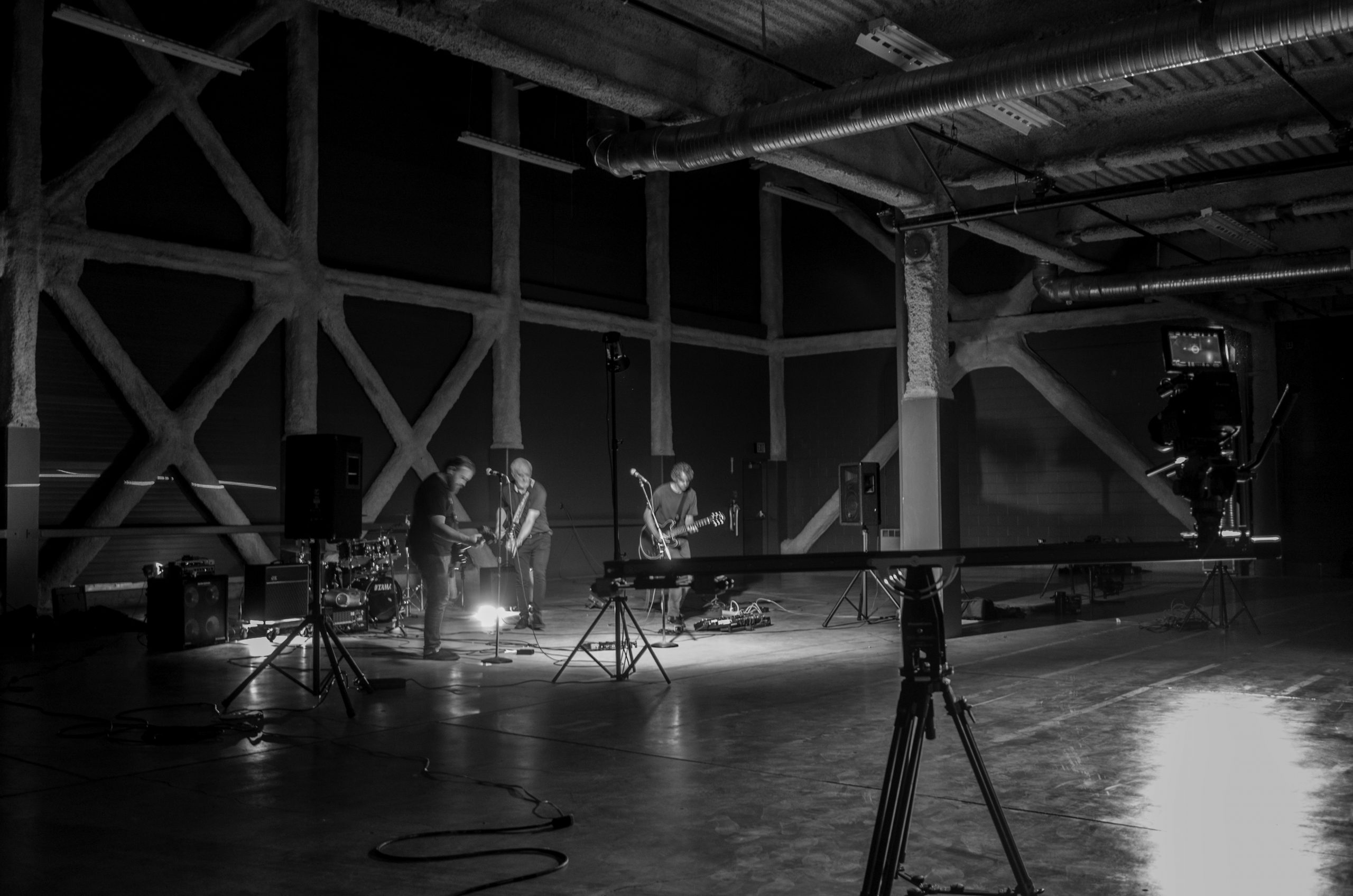
This flies in the face of all those reviews and articles that simply state that Summicron is sharper than a Summilux or Summilux is ‘overpriced.’
Firstly, that everything has a market price. If there were a strong market demand for a f/0.8 lens, companies would rush into manufacture it because companies operate on profit. Hence, the creation of Summarit line is a result of Leica’s attempt to maximize profitability by making a very ‘affordable’ lens for entry level buyer.
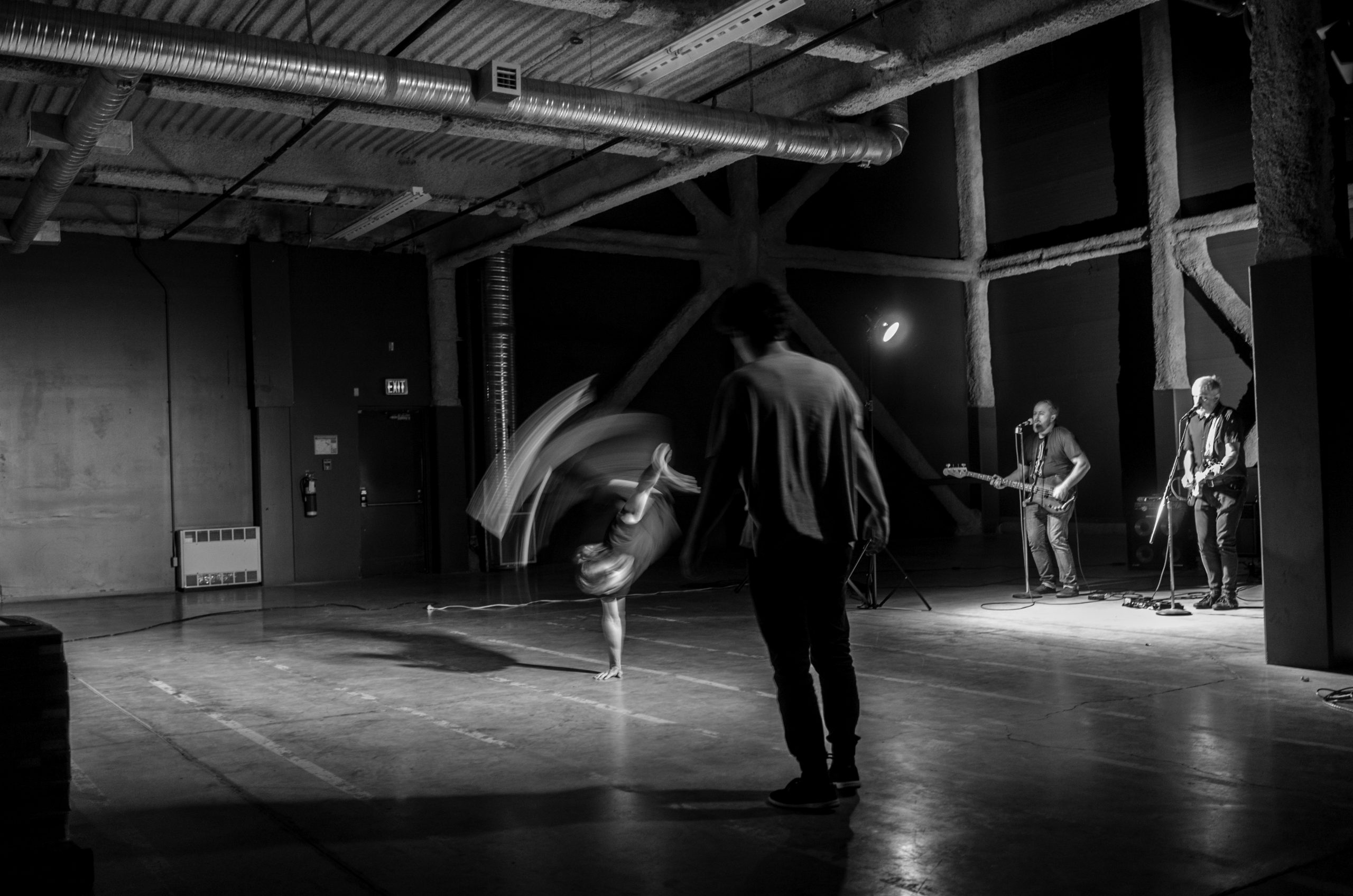
I would say this much, on small computer screens or smartphones one would be very hard pressed to differentiate a photograph taken with a Summilux and a Leica Summarit 35mm f/2.4 ASPH lens at f/5.6. This is not because one lens is better or the same, it is simply one lens offers an advantage over the other in other areas like aperture and design that dictates a higher price.
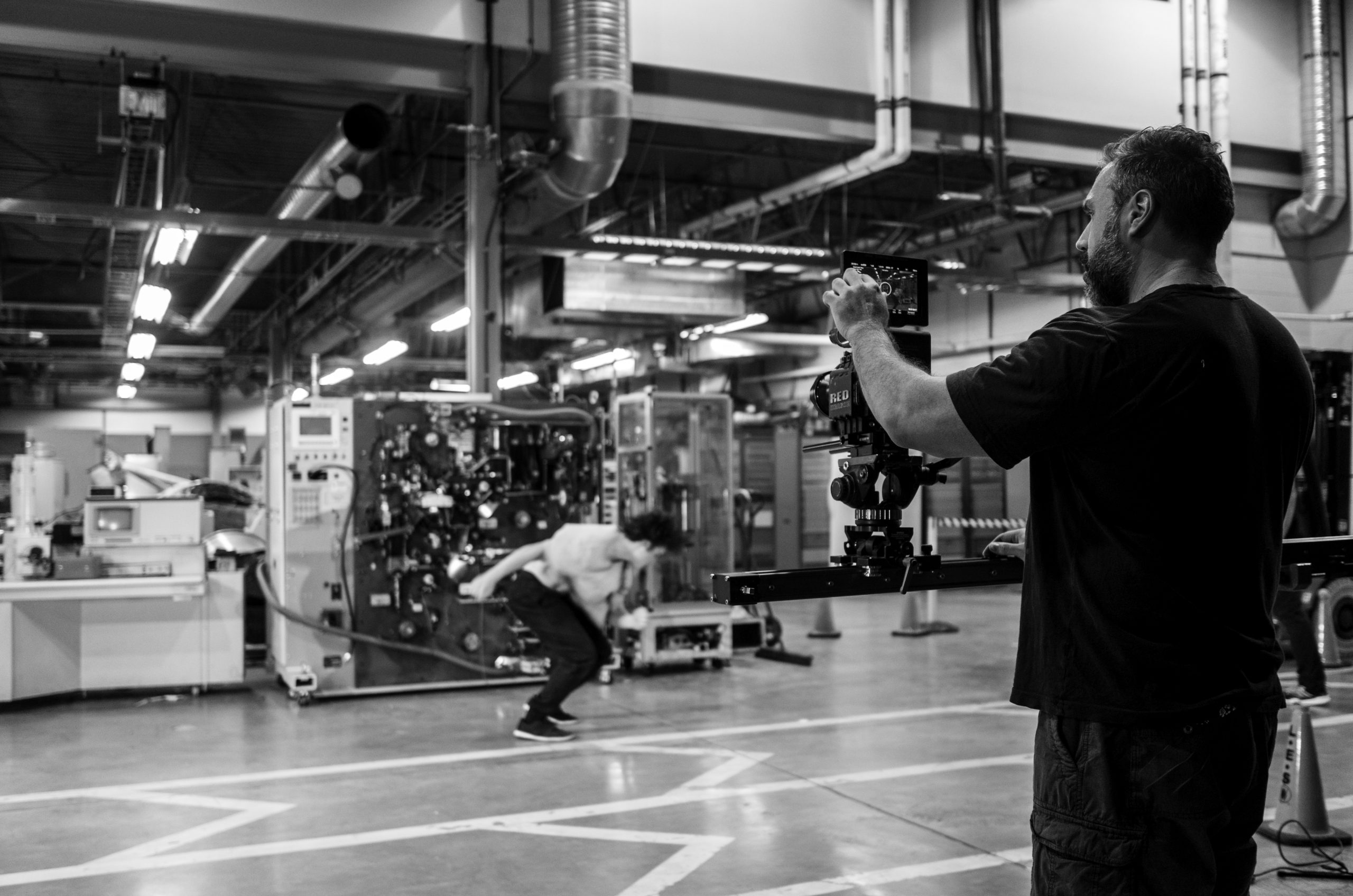
This brings me to another point, CCD and CMOS sensors. Before the introduction of CMOS sensors, CCD was the only viable option for digital cameras. These older generation sensors required a lot ‘energy’ to operate and had limitations that allowed them to be phased out of production as technology improved.
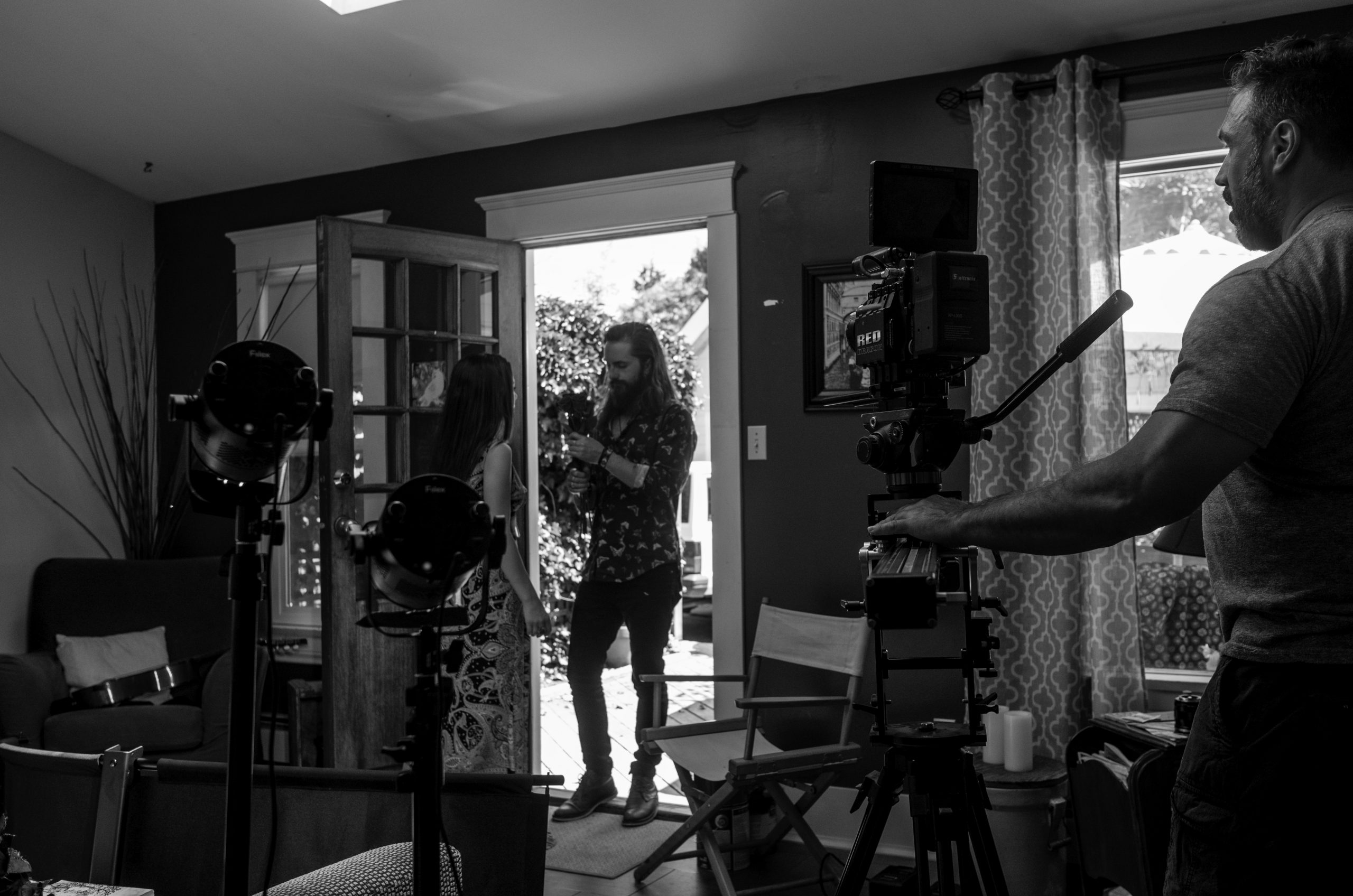
Today, most medium cameras still feature CCD sensors including Leica Camera’s top of the line Leica S camera (Leica has announced an S line camera with CMOS sensor), and there is a good reason for this. They provide the highest bit rate which determines the final ‘quality’ of the image captured.
Let me illustrate this by explaining what bit rate is in a nutshell.
Bitrate dictates the amount of information that is held in an image. For example, an image captured with a Nikon D7000 camera, an uncompressed RAW image at 12 bitrates would be about 15 megapixels while the 14 bitrate image would be about 19 megapixels. This means that there is a wealth of digital information being ‘lost’ at a lower bitrate.
What this means is that higher bitrate will provide a higher color range (more grades of grey for monochrome images), hence, ‘better’ images due to additional information.
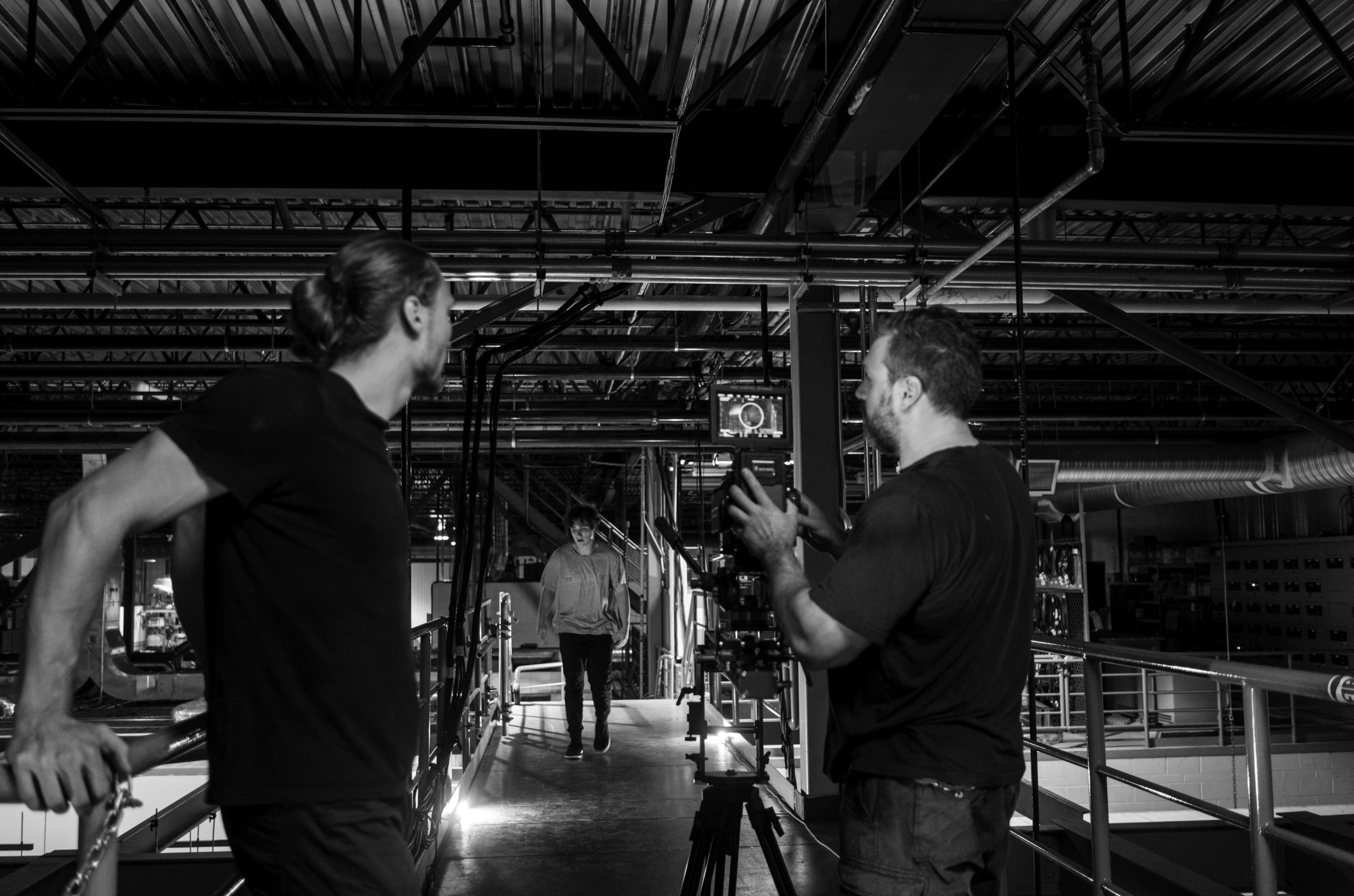
So, how can we see the difference in image quality?
The answer to that is on your smartphone you probably will never see it because the screen size is so small that difference in image quality is ‘lost’ and ‘software compression’ from smartphone applications will ‘resize’ the image, so almost everything is ‘erased’ but the basics. But if you are into photography and like to see great images that will leave you flabbergasted than you would do everything to gain that advantage of 2 bitrates.
On a large megapixel camera like Nikon D850 camera, the bitrate difference translates to 45.7 MB for 14-bit lossless compressed on FX is versus 32.4 MB for 12-bit lossless compressed on FX. This ‘additional information’ difference means that the colors have more gradation which naturally results in that ‘wow’ effect.
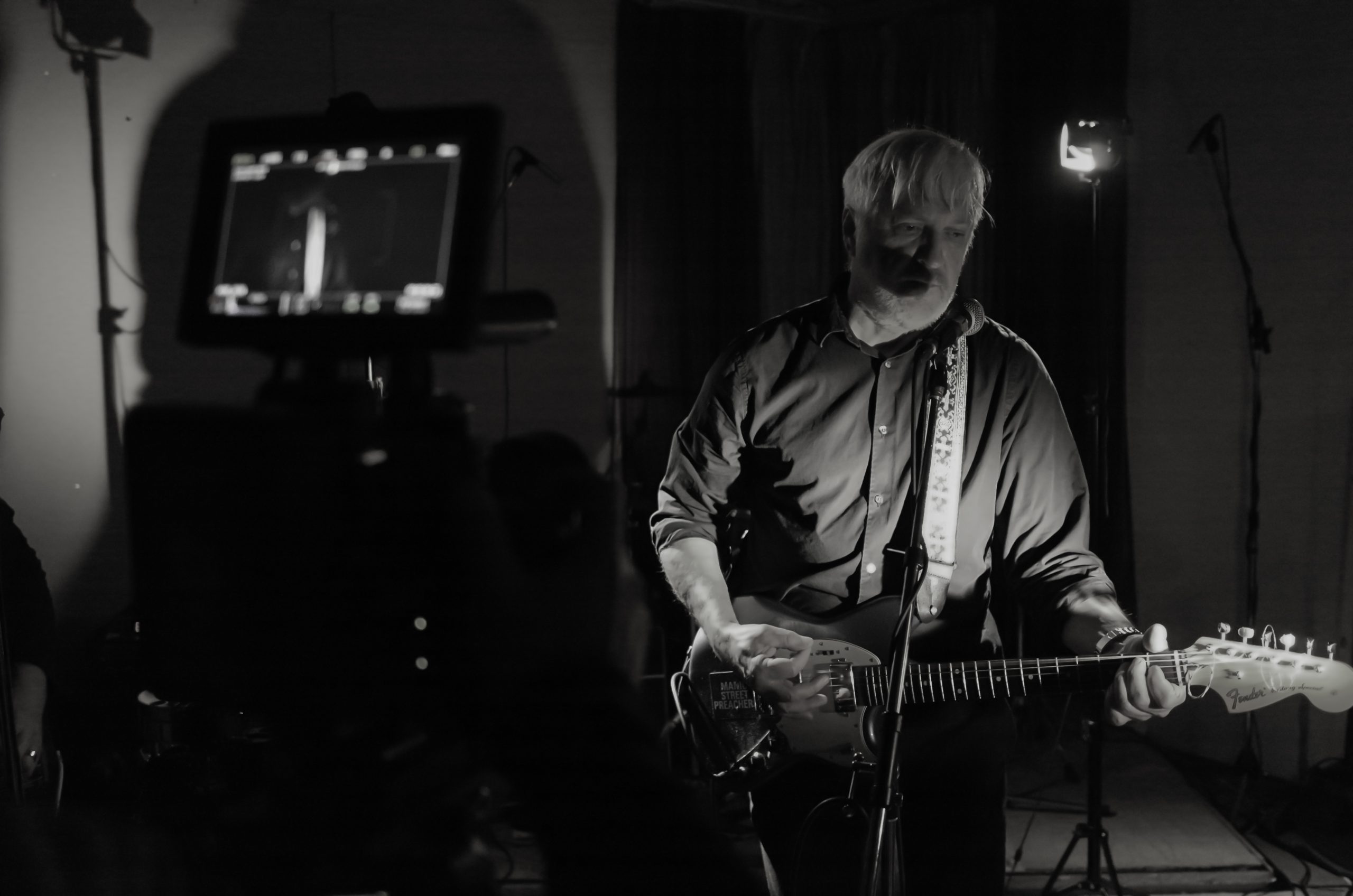
Now, the reason I have explained this significant difference in bitrate is Leica’s lenses have very high resolving power which allows accurate rendering of colors and characteristics. But, if we take away the bitrate difference all the additional gains achieved by the ‘best’ lenses in the world would be lost.
So what happened when Leica switched from CCD sensors to CMOS sensors?
They followed the market by providing video capabilities and a host of other features that allowed Leica cameras to be competitive.
But changing from a CCD sensor to a CMOS sensor did come at a price. The bitrate had to drop to 12 bits on the all new Leica Monochrom M246. Why ? Because there is a trade-off in technology.
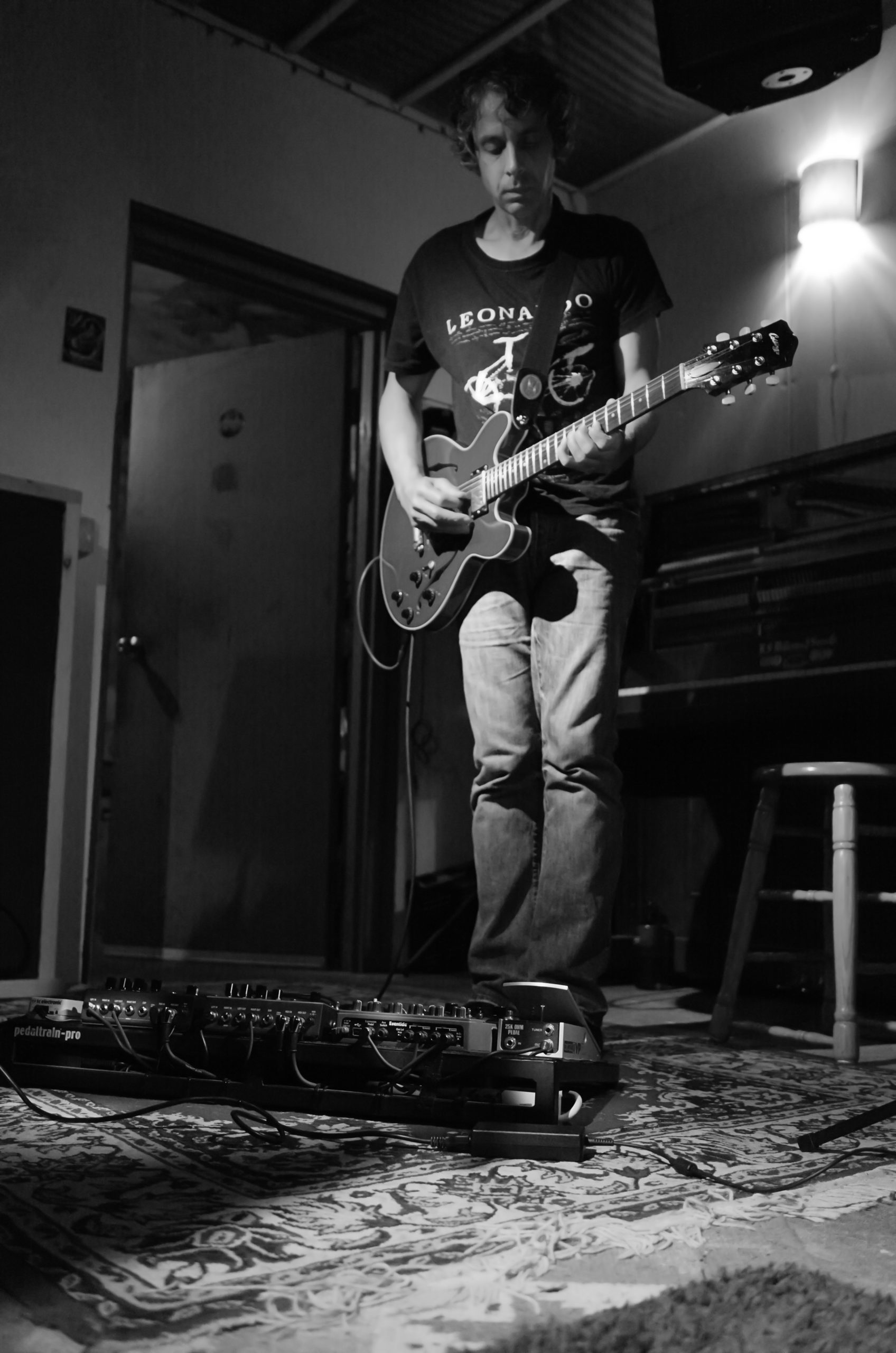
Look, ‘you may say what is the difference anyway. I only look at my photographs on my smartphone and tablets.’ then you have all the reason to choose a lower bitrate camera, and perhaps the camera in your smartphone will serve just as well as any other. Then there are those who appreciate those color differences and gradations and quality of an image that it is essential to have all the advantages of a higher bitrate capture.
Let me illustrate this point. If you are to read the lens charts offered by Lens Score, you would see that the Leica Summicron 50mm f/2.0 APOP has almost twice the resolving power of other lenses. Hence, that is one of the reasons why you are paying a higher price.
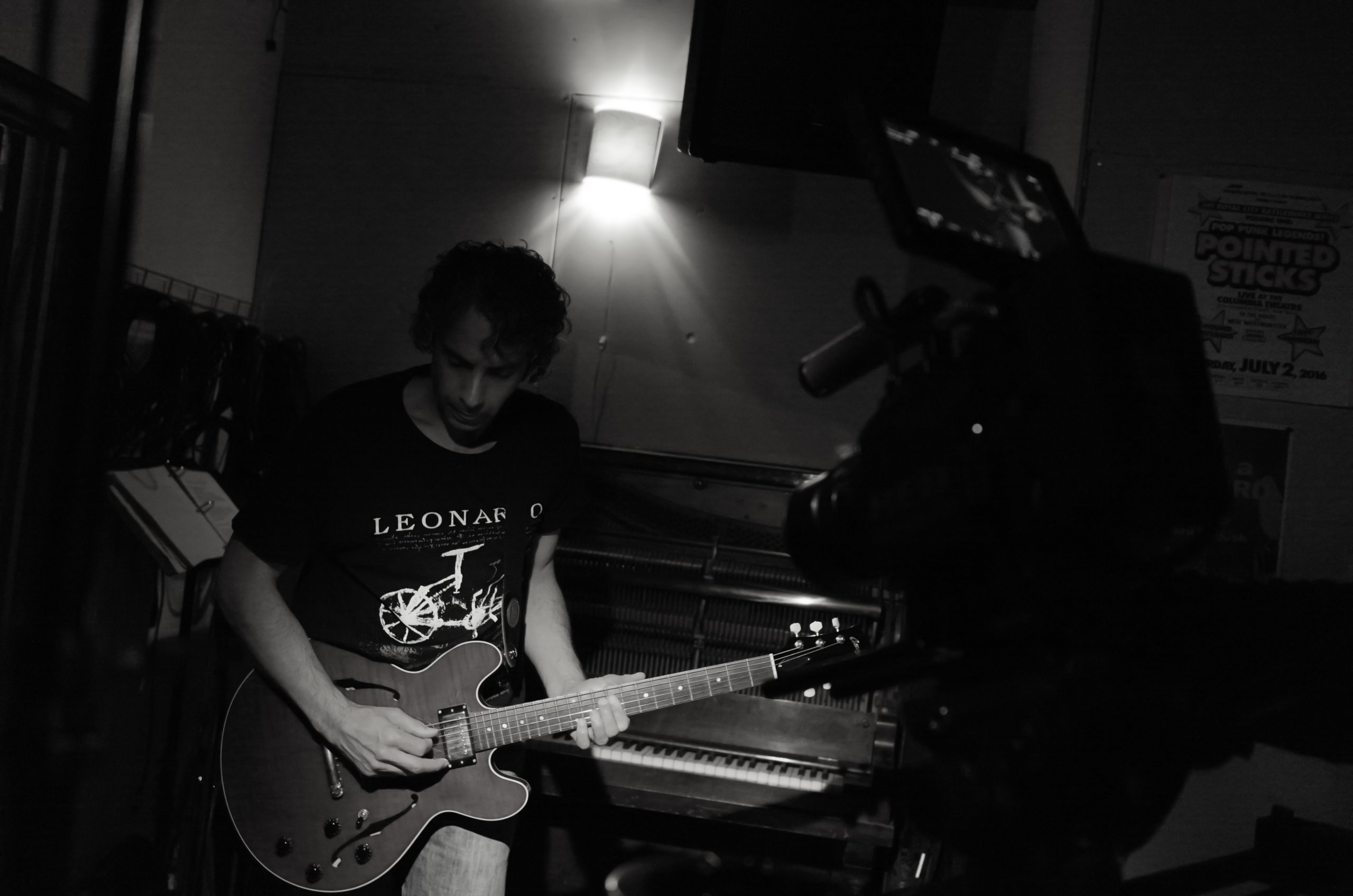
To capture this resolving power a high bitrate sensor is needed. In an interview of Peter Karbe (can be found on youtube under Leica’s videos), he states this as “you will need a camera like Leica Monochrom (CCD) so that everything in the loop is ‘complete.'” Please note that he did not mention Leica M240 cameras with CMOS sensors, he explicitly states a CCD based sensor, Leica Monochrom.
Why ? The answer is simple. The bitrate difference. The difference is so substantial that if one were to choose 12 bits over 14 bits, most of the advantages gained from using a high-quality lens like Leica Summicron 50mm f/1.4 APO ASPH with all the ‘super’ resolving power would be lost.
What does this mean for the end user?
We all want to believe that by buying the latest technology we are investing in better quality.
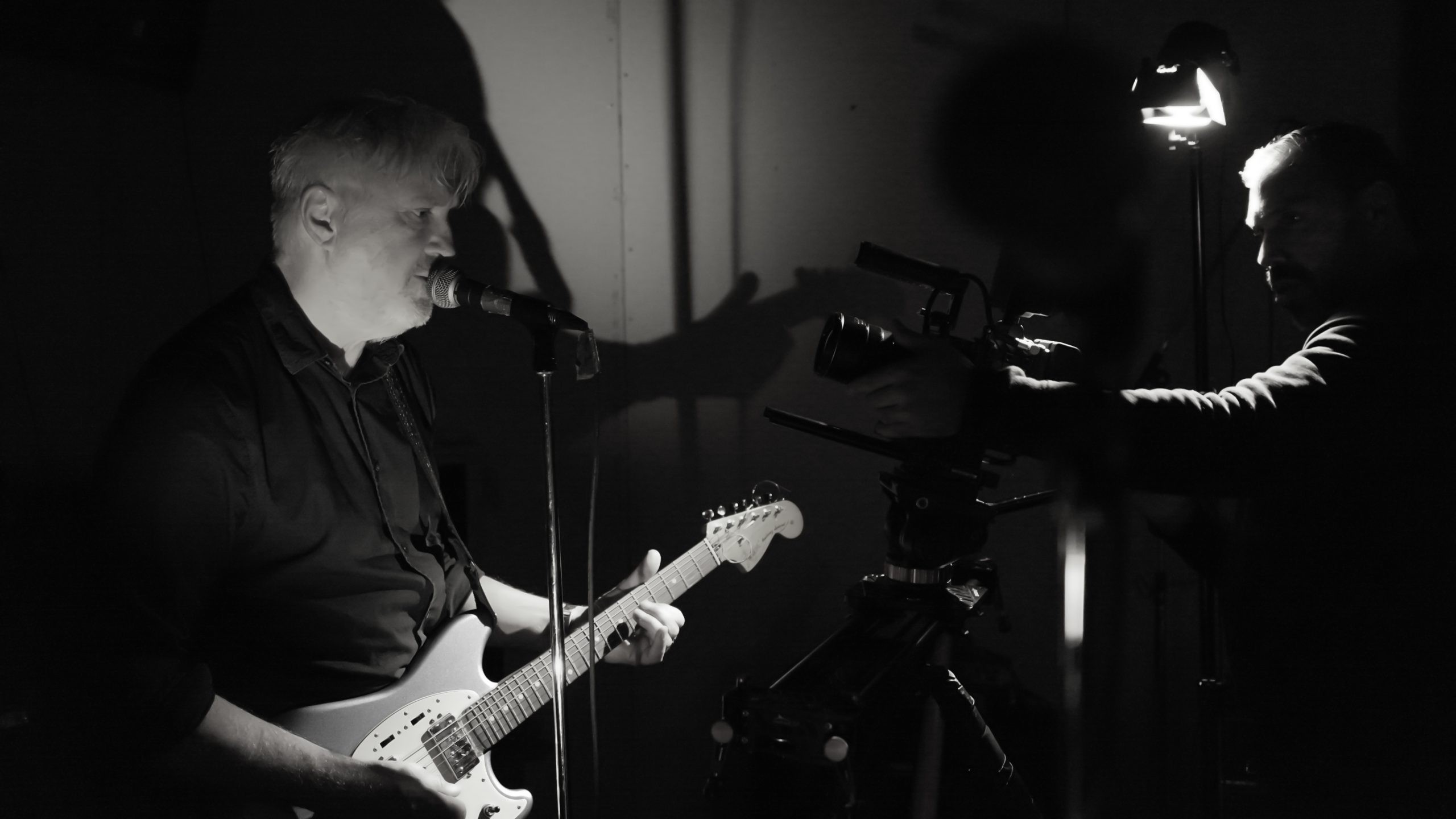
Imagine the cars of the 50s or 60s; they were built like tanks. Now, we have plastic bumpers, and we are made to believe that these cheaper to produce bumpers are safer than steel and chrome ones. If you go on the internet, you will find videos and explanations on why they are ‘better.’ This is what companies have to do to maximize profits; this is how the ‘newer’ technologies are introduced. We first have to believe their ‘story’ of why the ‘new’ one is better and why we must have it.
This is most true for cameras and lenses. Look at the solid build of older cameras. They function because they were made to last. If it were not for the digital ‘revolution,’ no camera manufacturer would have been able to ‘convince’ consumers that they need a new camera to stay profitable.
Today, we have all the technology to produce digital images and have software that renders them in any way we choose to convey the ‘feeling’ of the moment. We can even wipe out any blemishes on faces or vignette from corners. Yes, this is the modern times of photography.

As it happened with MP3 s where the ‘unnecessary’ sounds were eliminated to ‘compress’ the files to fit them in portable players, in a similar vein the trend in digital sensors appears to follow the same pay as we move into CMOS era. No longer will there be any bitrates mentioned in quotations. No, you will not see that. It is like food labeling. Sugar is no longer sugar. It is High Fructose Corn Syrup.
I don ‘t wish anyone to be somber about the future. We are moving in fast-changing times. Long gone are days of Aretha Franklin’s, Tina Turners and Charles Rays, today, we have Paris Hiltons and Kim Kardashians. Market demands this, and people get what they want.
Remember that everyone wants to be recognized for something, be important. Hence, over 6 million images are uploaded every day on Facebook alone. Even the best of photographers images will be lost in the ‘digital’ black hole of the internet.

As a wise and smart person, you probably will opt to stay true to principals like quality over quantity, principals over short-term gains and make a decision by your own conclusions rather than be swayed by marketing gimmicks.
If you are in the interested in purchasing Leica Monochrom M246 or any of the lenses that are mentioned in this article, below is a list of them with links to best prices.
Leica Monochrom M246 camera can be purchased used or new, here I have provided links for the best online sites. Most are authorized dealer and the others are reputable dealers. I have also included a list for other alternative lenses that perform well.
Here is the link for the Leica Monochrom M246 camera and other lenses mentioned in this article.
Leica Cameras:
Recommended Leica 50mm Focal Length Lenses:
Leica Summicron-M 50mm f/2 Lens
Leica Noctilux-M 50mm f/0.95 ASPH. Lens
Leica APO-Summicron-M 50mm f/2 ASPH. Lens
Leica Summilux-M 50mm f/1.4 ASPH. Lens
Leica APO-Summicron-M 50mm f/2 ASPH. Lens
Affordable Leica 50mm lens:
Leica Summarit-M 50mm f/2.4 lens
Other 50mm Lenses (Recommended *)
ZEISS Planar T* 50mm f/2 ZM Lens*
Voigtlander Nokton 50mm f/1.1 lens *
7artisans Photoelectric 50mm f/1.1 Lens
Voigtlander Nokton 50mm f/1.5 Aspherical Lens *
ZEISS C Sonnar T* 50mm f/1.5 ZM Lens *
Meyer-Optik Gorlitz Nocturnus 50mm f/0.95 III Lens
Used 50mm and other Lenses:
Leica Noctilux-M 50mm f/0.95 ASPH. Lens (USED)
Leica Noctilux-M 50mm f/1.0 Lens (USED)
Leica Summilux-M 75mm f/1.4 Lens (Used)
For my upcoming 2019 photography workshops, here are the links
We offer photography workshops around the world specializing in Leica cameras and lenses. You are invited to take part in one because what you gain from a dedicated photography workshop for Leica cameras and lenses. The tips and techniques you will learn in these workshops will take your photography to the next level also will stay with you for a lifetime. We look forward to hearing from you.
As always, if you have any comments please write to us.
Thank you
Oz Yilmaz
Leica Review Team
